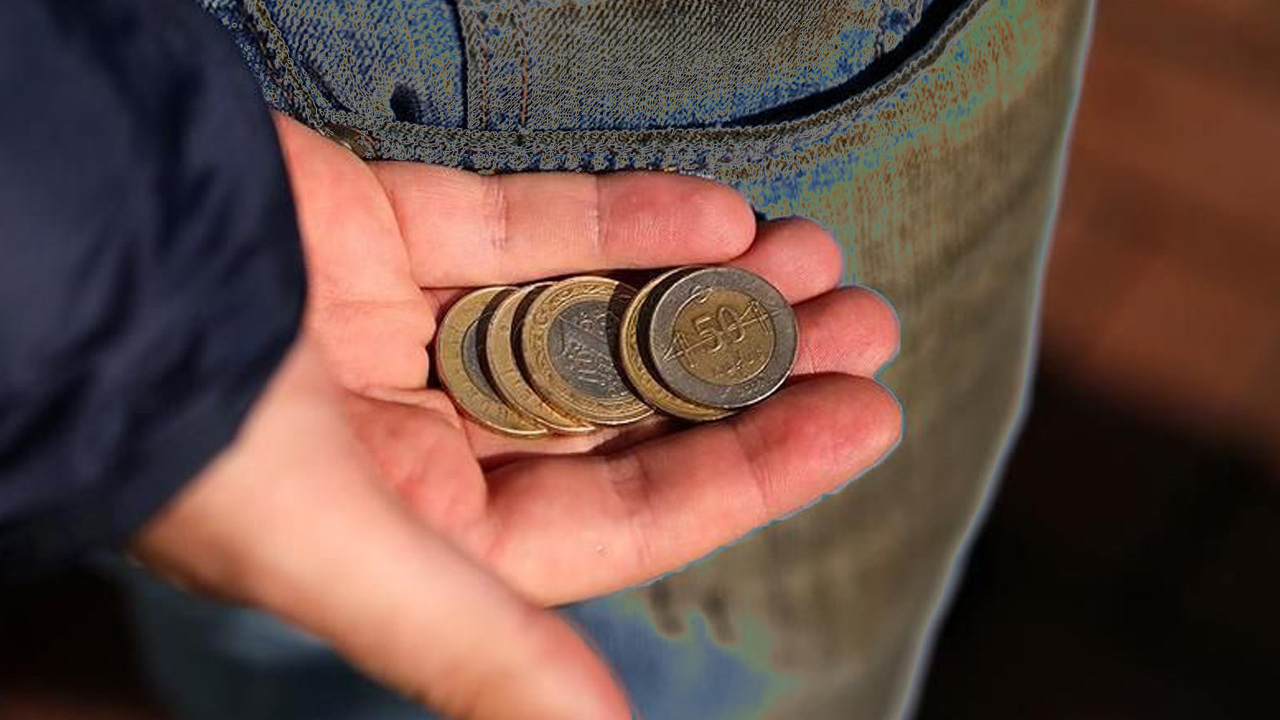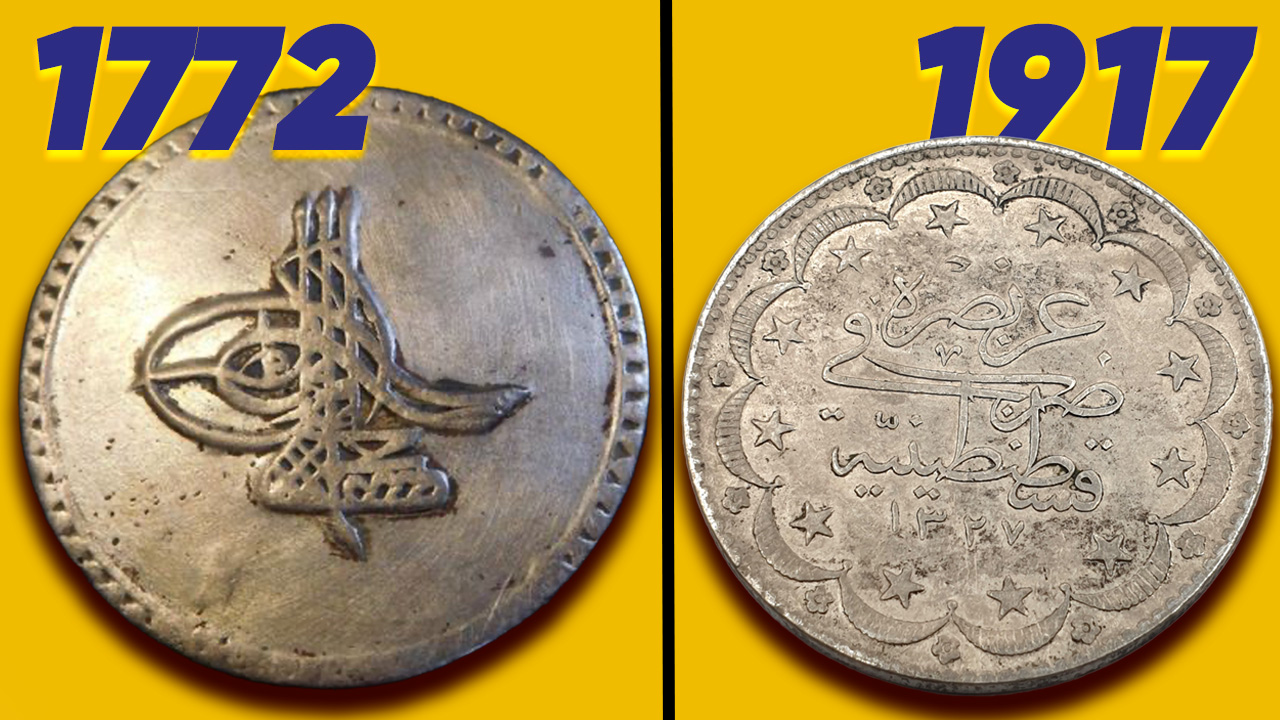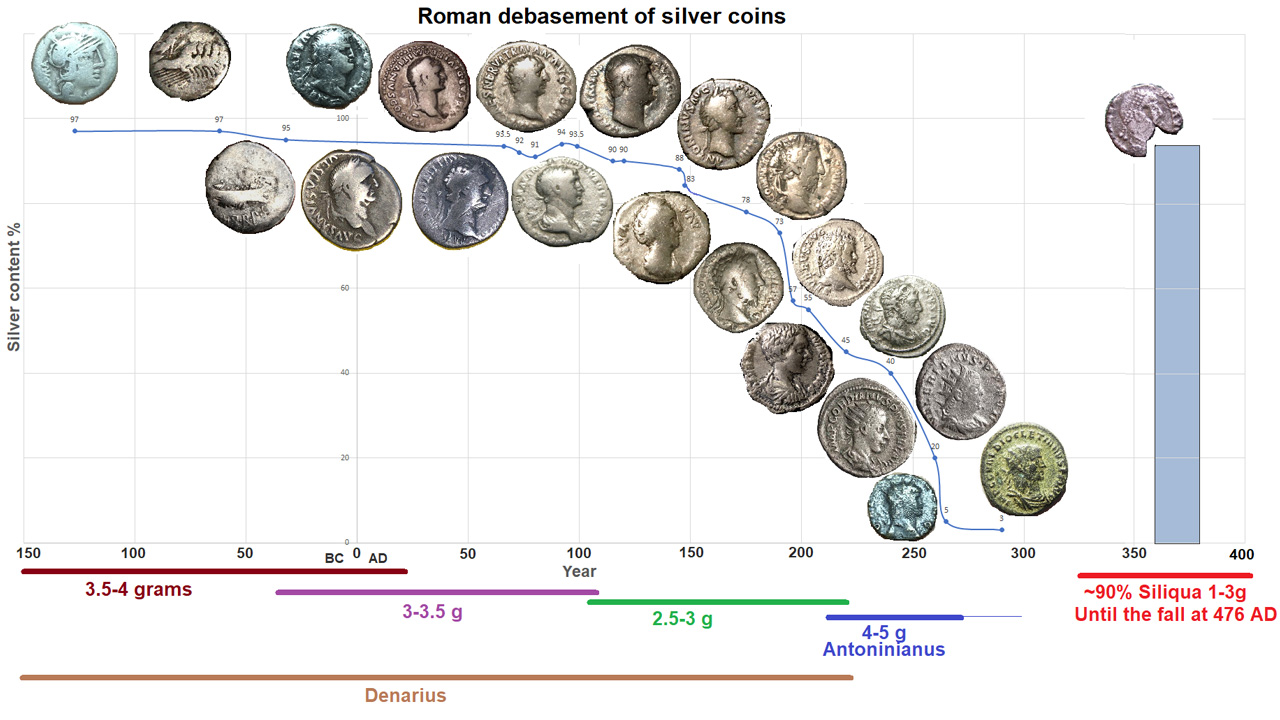The claim that the weights of the coins were changed suddenly became the agenda of the social media. According to the shares, new 1 liras are no longer accepted even by vending machines. The reason for this is a practice called adulteration.
As you know, the Turkish lira has grown tremendously in recent years. depreciation and the effects of this situation were reflected in our daily lives. We buy the same dress that we bought a few years ago, and we eat the same food we eat more expensive.
Moreover, the cost of the money we print was also affected by this situation. Do you remember that a period “The cost of 5 Turkish liras became 6 TL” news such as Now, on the contrary, this cost-reducing we are faced with a study: adulteration.
With the adulteration application, the ‘real value’ of the coins is changed.
The purpose of adulteration is to reduce the cost of money, as we have just mentioned. While doing this, the rate of the worthless materials among the materials that make up the money is increased, value is reduced. In this case, the weight of the coin may also be affected.
In the statement from the Mint the other day; The weight of 1 TL varies from 8.2 grams to 6.6 grams, the weight of 50 kuruş from 6.8 grams to 5.5 grams. It was stated that they were reduced and there was a half-millimeter thinning in their thickness.
This led to problems such as vending machines not accepting new 1 TLs.
Vending machines to see if the money tossed in is real. puts money through a series of tests. If the money does not meet the previously established standards, it will also return the money to us. The size of the coin and the materials inside can also be detected by vending machines.
According to the information announced by the Mint, although the weight and size of 1 TL is small for us, a big change has been made for vending machines. For this reason, the new coins were not accepted by some vending machines. Almost 20 percent lighter The vending machines need to be rearranged for the new coins that are in circulation. Work has begun on this.
Thus, the cost of money has also decreased.

Coins such as 1 TL and 50 kuruş contain three main metals: Zinc, nickel and copper. Changing the proportions of these materials used in coins can lower or raise the cost of the coin. The same goes for its weight.
The change made in the proportions of these three substances used in the new 1 TLs has also reduced both its cost and weight. Abdullah Yasir Şahin, General Manager of the Mint and Stamp Printing House, is one of the coins minted last year. We lost 600 million TL and with this change cost saved explained. So the 1 TL you hold in your hand has weakened a little to serve a much larger task.
Moreover, we saw this practice in the Ottoman period as well.

The Ottoman Empire was once one of the most flamboyant, most powerful and ostentatious empires in the world. In fact, it was so ostentatious that the pennies used in the empire were almost entirely made of silver. However, this situation started to change due to the increasing economic crisis towards the end of the 17th century. Adultery was practiced for the first time in 1780 and The amount of silver in pennies has been reduced. The money you see on the left in the picture above belongs to before this application.
However, in the years when the Ottoman Empire was nearing its end, the frequency of this practice was increased. One semester nearly every year It is being manipulated and the materials in it are constantly getting better. were exchanged for worthless ones. In 1780, silver pennies weighing 18.50 grams were finally 1.20 grams in 1914 was lowered.
You can find an example of this in Roman history.

States experiencing economic bottlenecks, to reduce the cost of printing money often uses this method. Throughout history, we have seen many states devalue the coins through adulteration. One of them was Roman and Ottoman, as you can see above. As a matter of fact, adulteration is an action that can be applied by any state. However, looking at the change over the years, it is a situation that reveals how much the money has become more and more worthless.
in Turkey too After 14 years hiatus The proportions of components that make up the coin were changed and adulteration was applied. Of course, even though the costs have been reduced thanks to this, we have seen once again how great the economic problem we are experiencing is.
RELATED NEWS
